Do you struggle to do the simplest of tasks after a hard gym workout? Things like walking up and down the stairs after hitting some deep squats can be super painful. If your muscles are feeling sore and stiff after training, you are probably suffering from DOMS.
Delayed onset muscle soreness aka DOMS or muscle fever, is exercise-induced muscular pain that is usually experienced around 24-48 hours after you workout.
In this article, you are going to learn all about DOMS; the causes, the symptoms, and how to effectively treat them.
I will also be answering a number of other questions, such as:
- Will ibuprofen help DOMS?
- Does BCAA help with DOMS?
- How can I speed up DOMS recovery?
- Should you train with DOMS?
What Causes DOMS?
DOMS can be caused by various types of high intensity exercise and activities such as sprinting, gymnastics, yoga, and particularly weight lifting and resistance training. Basically any type of unfamiliar exercise or physical workload that you aren’t used to can cause DOMS.
When your muscles are put under new stresses and are forced to work harder than they are accustomed to, it is believed to cause non-serious muscle trauma, which leads to adaptation.
However DOMS is predominantly associated with the eccentric part of any kind of movement whether it be lifting a weight or cross country running.
For example, the eccentric or negative portion of the bench-press exercise, is the part where you slowly lower the weight toward your chest and stretch out your pectoral muscles. Conversely, the concentric or positive portion of the movement is where you press the weight up from your chest and extend your arms in to a locked out position.
The eccentric part of any movement is always when your muscle fibers expand rather than contract.
DOMS symptoms include:
- Muscle soreness including extreme pain and tenderness
- Muscle stiffness and reduced range of movement
- Swelling and inflammation
- Fatigued and weakened muscles
Mechanistic Theories Behind DOMS
Muscular micro-trauma and DOMS
Although the exact mechanism behind DOMS is not fully understood, it is hypothesised and generally accepted that the delayed muscle soreness and the pain that you experience after exercise, is due to microscopic muscle fiber tears (micro-tears) located at the Z-line of the muscle sarcomere.
What is a sarcomere? (I hear you ask!)
A sarcomere is a single contractile unit of a myofibril (skeletal muscle fiber), whose region is denoted by two Z lines. Myofibrils are composed of repeating sections of sarcomeres, which results in the striation pattern that is specific to skeletal muscle tissue.
Each sarcomere is then further comprised of alternate sequences of thick and thin sliding protein filaments (Myosin & Actin) that contract and expand as your muscles are working.

Think of the architecture as below:
Skeletal muscle -> Myofibrils -> Sarcomeres -> Actin & Myosin sliding filaments
Quantitative Electron Microscopy imaging, also confirms the same; that trained subject’s exhibit myofibrillar damage and sarcomere disruptions, while non-trained subjects do not.

The type of exercise that you do can also affect where you may experience DOMS. This is because different exercises work different parts of your body and muscles. DOMS is caused by localised areas of micro-trauma in your muscle fibers.
For example, if you were to perform some heavy deadlifts to failure, you would experience DOMS in your back muscles. Therefore you can experience DOMS in any of your muscle groups, such as in your chest, biceps, quads, back, calves, abs etc, depending on what exercise you do.
LEARN MORE > BACK EXERCISES 101: A BACK WORKOUT MASTERCLASS (YEAH BUDDY)
Is there a connection between DOMS and lactic acid?
It was once thought that lactic acid was the cause of delayed muscle soreness. However this DOMS myth has since been debunked by science.
DOMS, as its name states, is delayed, and although you may find that you experience pain in your muscles during your workout, this is not DOMS.
Pain that you experience while you are training such as burning, is typically associated with muscular fatigue caused by the build up of lactic acid and is known as acute muscle soreness.
This acute pain happens when you are pushing yourself hard and are in an oxygen deficit, whereby your muscles are using up oxygen faster than you can breathe it in. This inevitably results in a build up of lactic acid within your muscles.
This painful burning sensation experienced during your workout is caused by anaerobic glycolysis and is completely different to DOMS; it quickly disappears after you finish working out.
There is no scientific evidence to suggest that lactic acid is linked to DOMS (1).
Inflammation & Enzyme Efflux Theories
Other theories behind the mechanism of DOMS include inflammation and the enzyme efflux theories.
DOMS and Inflammation
The Inflammatory response theory is based on the observations that DOMS sufferers exhibit a post-exercise inflammatory response which is measured by markers such as increased macrophages and neutrophile activity at the site of muscular trauma.
DOMS and Enzyme Efflux
In enzyme efflux theory, it is postulated that following muscular micro-trauma, intra-cellular calcium accumulates in areas of your muscles that have incurred damage. This build up of calcium prevents cellular energy-metabolism, thus impairing ATP synthesis which is required to re-circulate the accumulated calcium.
It is thought that this accumulation of calcium then leads to the activation of proteases and phospholipases which cause further muscular injury due to the degradation of actin and myosin contractile protein filaments.
Why does DOMS feel worse the day after exercise?
As with DOMS in general, science does not currently offer a definitive answer to this question. A reasonable explanation of the delayed pain is the microscopic muscle damage that leads to an inflammatory response; whenever your body encounters any kind of physical trauma it seeks to protect that particular area by invoking inflammation.
Inflammation manifests as swelling and puffiness caused by shifts in intramuscular fluid and electrolytes (2). This inflammatory process has a delayed response and is therefore why muscle soreness is not felt straight away.
Blood tests of DOMS sufferers also show elevations in certain inflammatory and immune markers such as; creatine kinase, lactic dehydrogenase, interleukin-6, C-reactive protein and neutrophils (3). These pro-inflammatory markers are typical of muscle trauma associated with DOMS.
How long does DOMS last for?
DOMS can last anywhere between 24 hours and 5 days depending on the severity of the muscle trauma, with onset typically being from 24 hours after working out. The pain from DOMS can also vary from mild discomfort to debilitating pain.
You may also find that your flexibility and range of motion is decreased during this recovery period. This is due to an increase in passive tension within the muscle caused by myofibril damage (4).
Who can experience DOMS?
DOMS can literally affect anyone, even professional athletes and people who have been working out for years.
For example, a strength athlete in pursuit of lifting record amounts of weight will probably endeavour to lift more and more weight each workout.
This type of progressive overload training constantly puts your body under new stresses. Typically when you lift a weight that you haven’t lifted before and put your body under new stress, you will experience DOMS.
The same goes if you decide to take a break from training; when you start training again, it is likely that you will experience DOMS.
The feeling of DOMS can be quite daunting for a new trainer and it may even deter some people from working out.
The good news is that the soreness will soon pass as your muscles recover and become accustomed to training. DOMS is part of an adaptive response whereby your muscles rebuild and adapt to a particular stimulus to become bigger, faster and stronger.
Is DOMS a sign of muscle hypertrophy?
A lot of athletes swear by the old adage of “no pain no gain”, and if they don’t experience severe post workout DOMS, they believe that they haven’t worked out hard enough and aren’t stimulating their muscles to grow.
But is this true?
There are many factors that mediate muscle hypertrophy and while the effects of resistance training on strength and muscle-mass are well characterised, causal modalities of muscle hypertrophy are multifaceted and very complex.
For example, myofibril damage, metabolic stress, and mechanical tension, to a degree, all affect exercise-induced muscle hypertrophy.
Although we know that resistance training stimulates increases in strength and muscle hypertrophy, the mechanisms responsible for these developments are less understood.
LEARN MORE > Hypertrophy: What Type of Training Stimulates Muscle Growth?
Can you trigger muscle protein synthesis (MPS) and stimulate muscle hypertrophy without experiencing DOMS?
Yes.
One study in particular (5) demonstrated that the initial MPS response (on new trainers), post resistance training, is not actually directed to support muscle growth.
Interestingly, the initial resistance training workout coincided with the greatest muscle trauma that is typically associated with DOMS.
However, following 3 weeks of resistance training, MPS quickly appeared to shift focus to support hypertrophy.
The researchers concluded that: “muscle hypertrophy is the result of accumulated intermittent changes in MPS post-exercise in resistance training, which coincides with progressive attenuation of muscle damage”.
This phenomenon is known as the repeated bout effect (RBE) and refers to the musculoskeletal ‘adaptation’ whereby a single bout of eccentric exercise protects against DOMS from subsequent eccentric bouts.
Therefore, even if you do not experience DOMS, this does not necessarily mean that you are not stimulating MPS and muscle hypertrophy.
It is also important to note that MPS can only occur with the right balance and quantity of dietary protein and amino acids. Diet is therefore a limiting factor in MPS.
LEARN MORE> Protein Powder: An Ultimate Buyers Guide (2019)
Is DOMS a sign of a good workout?
Having sore muscles is not necessarily the sign of a good workout, and therefore should not be used as a ‘measure’ of how effective your workout was.
For example and as I outlined earlier, even a moderate intensity workout, succeeding a lay-off from training, can cause DOMS. Conversely, hitting a PB while you are at the peak of your training may not necessarily cause DOMS. There simply is no hard and fast answer to this question.
In fact, as your training progresses and your body and muscles adapt to these training stimuli, you may even find that you experience less soreness in your muscles. This of course does not mean that you are not training hard enough.
How do you treat DOMS?
You might be wondering, can you can recover from DOMS fast?
There are a number of ways in which you can effectively treat DOMS. The main purpose of DOMS treatments is to reduce inflammation which speeds up recovery and reduces muscle soreness. Here are some DOMS treatments:
Ice baths, Cryotherapy and cold treatments

It is common-knowledge that applying an ice-pack, for example, to a bump on the head, reduces swelling and inflammation. The same is also true for inflammation in your muscles that is associated with DOMS. Ice baths and Cryotherapy are both effective treatments that help reduce muscle soreness and inflammation.
For example, a 2016 meta-analysis (6), concluded that 10-15 minutes of full-body immersion in a cold water bath (temperature range: 50–59°F or 10–15°C) lessened the degree of muscle soreness.
Furthermore, according to the world renowned “ice-man” Wim Hof, a number of different health benefits can be reaped from cold-therapy:
“Proper exposure to the cold starts a cascade of health benefits, including the build-up of brown adipose tissue and resultant fat loss, reduced inflammation that facilitates a fortified immune system, balanced hormone levels, improved sleep quality, and the production of endorphins— the feel-good chemicals in the brain that naturally elevate your mood.” – Wim Hof
Massage Treatments
Massage has a ton of benefits; it can help improve muscle tone and breakdown ‘knots’ in tight muscles. It also importantly stimulates increased blood flow, helping to efficiently deliver oxygen and nutrients that aid in recovery.
Needless to say, faster recovery means you will experience DOMS for a lesser time. In fact, studies confirm the benefit of a post-workout recovery massage, received up to 72 hours after your workout, can help in reducing muscle soreness and DOMS (7, 8).
While it may not be possible for everyone to receive a massage after their workout, you can also try self-myofascial release (SMR), using a foam roller on the muscle group/s that you are experienceing DOMS in.
Anti-Inflammatory foods
Although inflammation may not be the cause of DOMS, because DOMS sufferers exhibit elevations in inflammatory markers, it is therefore thought that eating certain anti-inflammatory foods can help alleviate muscle soreness. However more research is needed.
Here are 2 of the best anti-inflammatory foods that can help treat DOMS :
- Wild oily fish
- Circumin (turmeric)
Omega 3 Fish oils

Fish oils are known to have a number of positive health benefits and studies show that eicosapentaenoic (EPA) fatty acids found in fish oil, can slightly attenuate muscle soreness and damage associated with post workout DOMS (9, 10).
Eating fish is the best option in my opinion, although if you can’t stomach fish you can always use a fish oil supplement. A good dose of 5 grams post workout should do the trick.
Turmeric (Circumin)

Circumin is extracted from turmeric root and is a potent natural anti-inflammatory. An impressive study carried out by SportsMed in New Zealand (11), found that circumin likely reduces pain associated with DOMS and may even enhance recovery of muscle performance.
Circumin is more efficiently absorbed into your metabolism when combined with piperine, a black pepper extract. A dose of 2.5 grams post workout should be enough.
It may also be beneficial eating fruits such as fresh pineapple and papaya which are high in the anti-inflammatory protein digesting enzyme Bromelain (12).
Hot Epsom Salts baths treatments
I am the first to admit that I enjoy soaking in a steaming hot bath of Magnesium rich Epsom salts, especially when I have bad DOMS. I find it so relaxing not to mention invigorating. I definitely find that I feel looser and perhaps even have a slight reduction in soreness.
Unfortunately, there isn’t much scientific evidence to suggest that hot Epsom salt baths are an effective treatment for DOMS. That said, you may experience a slight improvement in muscle soreness, and in my experience I believe that a hot Epsom salt bath does help reduce muscle stiffness associated with DOMS.
Contrast Water Therapy
Contrast water therapy (CWS) is another similar technique used as a DOMS treatment. CWT is sometimes used in the sporting community, whereby athletes, post exercise, alternate full-body immersion in warm and cold water.
It is theorised that CWT may reduce oedema by alternating peripheral vasoconstriction and vasodilation (13). I believe the Jury is still out on CWT because the evidence remains unclear. The benefits of cold treatments on their own appear to be more effective.
Do over the counter pain relievers work?
Topical analgesics and non-steroidal anti-inflammatory (NSAIDS) agents such as Ibuprofen can be used to reduce pain and muscle soreness.
However these treatments merely mask the pain and do nothing to improve the muscle weakness associated with DOMS.
I do not recommend Ibuprofen or analgesics as a treatment for DOMS, unless you seriously cannot bear the pain.
Other DOMS Treatments
Other purported treatments for DOMS include:
- Stretching
- Cherry Juice
- Homeopathy
- Ultrasound
- Electrical current modalities
These treatments demonstrate varying results, none of which, least in my opinion, offer any significant effects on the alleviation of muscle soreness or other DOMS symptoms. Therefore, I believe these treatments not to be efficacious.
When to seek medical help?
DOMS does not require medical intervention. In fact there is no medical treatment for DOMS. The pain in your muscles will naturally subside as your muscles recover and rebuild.
However if you find that you experience prolonged and unbearable pain for 7 days or longer, then you should consult with your doctor as there may be serious underlying injury such as a muscle tear.
Muscle tears can vary in severity and are graded 1, 2, & 3 depending on the extent of damage. If you experience extreme swelling, this could be due to a muscle tear.
If you experience a shooting pain rather than a deep ache, it is more likely to be an impinged nerve.
You should also seek medical attention if your urine becomes unusually dark; this is a tell-tale sign of rhabdomyolysis.
Rhabdomyolysis
“Rhabdo” is a serious medical condition caused by skeletal muscle injury whereby intracellular muscle components such as myoglobin and creatine kinase are rapidly released into the blood stream.
Myoglobin is similar to another more commonly known protein called haemoglobin. Haem or heme refers to the blood, myo refers to skeletal muscle, and thus the 2 proteins are of the blood and muscles respectively.
Myoglobin is an oxygen and iron binding protein which is large in size and is therefore considered a macromolecule.
One of the main functions of the kidneys is to filter the blood and remove toxins. Filtration is carried out through a series of tiny tubule shaped ducts that ordinarily allows fluid to freely flow through it.
However in rhabdomyolysis circulating levels of myoglobin exceed the body’s capacity to degrade it, subsequently leading to the accumulation of myoglobin macromolecules in the kidney tubules.
These events cause the formation of intratubular casts which restrict the free flow of fluids through the tubules and consequently lead to a drop in Glomerular filtration resulting in impaired kidney function, and in some cases, acute kidney injury (AKI).
How can I prevent doms?
You can’t prevent DOMS as such, any time you overload your muscles or exercise in a new way, it is likely that you will experience DOMS.
That said, you can optimise your internal environment that is conducive to hypertrophy and recovery.
For example, during your workout you can sip on Amino-XS which is loaded with both branched chain (BCAA) and essential amino acids (EAA). Taking pre-digested amino acids while training can trigger a pathway known as mTOR (14).
Mammalian target of rapamycin (mTOR or mechanistic target of rapamycin and FK506-binding protein 12-rapamycin-associated protein 1) triggers muscle protein synthesis (MPS).
Therefore, by consuming BCAAs and EAAs, it is possible to kick-start MPS and speed up the recovery process while you are working out.
LEARN MORE > BCAAs and EAAs: An Ultimate Guide To Amino Acid Supplements
Should you train with DOMS?
Some people believe that you should work through DOMS.
But is this really true?
You can continue exercising when you have DOMS, however it is not advisable to exercise the same muscle group(s) that you are experiencing DOMS in because it increases the risk of injury. If you have DOMS in any part of your body, allow the area to fully recover before you exercise it again.
Conclusion
The exact pathophysiological pathway of DOMS still remains unknown. The world of ‘pain science’ is incredibly complex and it is clear that science still doesn’t really have a good handle on understanding certain aspects of pain, such as with the delayed onset of muscle soreness.
However, we do know that DOMS is a product of physical stress which is synonymous with phenomena such as myofibrillar damage, sarcomere disruptions, inflammation, and metabolic stress such as free-radicals and reactive oxygen species (ROS).
Although science may not yet fully understand the exact mechanism(s) of DOMS, addressing these important key areas is likely to help in reducing muscle soreness.
Finally, in my 20 years training experience and coaching athletes, I have observed a ton of empirical evidence that also supports these claims.
*Note - this article is not intended to treat or diagnose and does not serve as medical advice. Always consult with your doctor or a medical professional.
Scientific References:
- Is Lactic Acid Related to Delayed-Onset Muscle Soreness?
https://www.ncbi.nlm.nih.gov/pubmed/27409551 - Muscle soreness and delayed-onset muscle soreness.
https://www.ncbi.nlm.nih.gov/pubmed/22341015 - An Evidence-Based Approach for Choosing Post-exercise Recovery Techniques to Reduce Markers of Muscle Damage, Soreness, Fatigue, and Inflammation: A Systematic Review With Meta-Analysis
https://www.ncbi.nlm.nih.gov/pmc/articles/PMC5932411/ - Changes in passive tension of muscle in humans and animals after eccentric exercise.
https://www.ncbi.nlm.nih.gov/pubmed/11389215/ - Resistance training-induced changes in integrated myofibrillar protein synthesis are related to hypertrophy only after attenuation of muscle damage.
https://www.ncbi.nlm.nih.gov/pubmed/27219125 - Can Water Temperature and Immersion Time Influence the Effect of Cold Water Immersion on Muscle Soreness? A Systematic Review and Meta-Analysis
https://www.ncbi.nlm.nih.gov/pmc/articles/PMC4802003/ - Massage Alleviates Delayed Onset Muscle Soreness after Strenuous Exercise: A Systematic Review and Meta-Analysis
https://www.frontiersin.org/articles/10.3389/fphys.2017.00747/full - The effects of massage on delayed onset muscle soreness
https://bjsm.bmj.com/content/37/1/72 - Effects of Fish Oil Supplementation on Postresistance Exercise Muscle Soreness.
https://www.ncbi.nlm.nih.gov/pubmed/27441600 - Effect of eicosapentaenoic acids-rich fish oil supplementation on motor nerve function after eccentric contractions
https://www.ncbi.nlm.nih.gov/pmc/articles/PMC5508798/ - Curcumin supplementation likely attenuates delayed onset muscle soreness (DOMS).
https://www.ncbi.nlm.nih.gov/pubmed/25795285 - Potential role of bromelain in clinical and therapeutic applications
https://www.ncbi.nlm.nih.gov/pmc/articles/PMC4998156/ - Contrast Water Therapy and Exercise Induced Muscle Damage: A Systematic Review and Meta-Analysis
https://www.ncbi.nlm.nih.gov/pmc/articles/PMC3633882/ - Leucine-Enriched Nutrients and the Regulation of mTOR Signalling and Human Skeletal Muscle Protein Synthesis
https://www.ncbi.nlm.nih.gov/pmc/articles/PMC5096790/


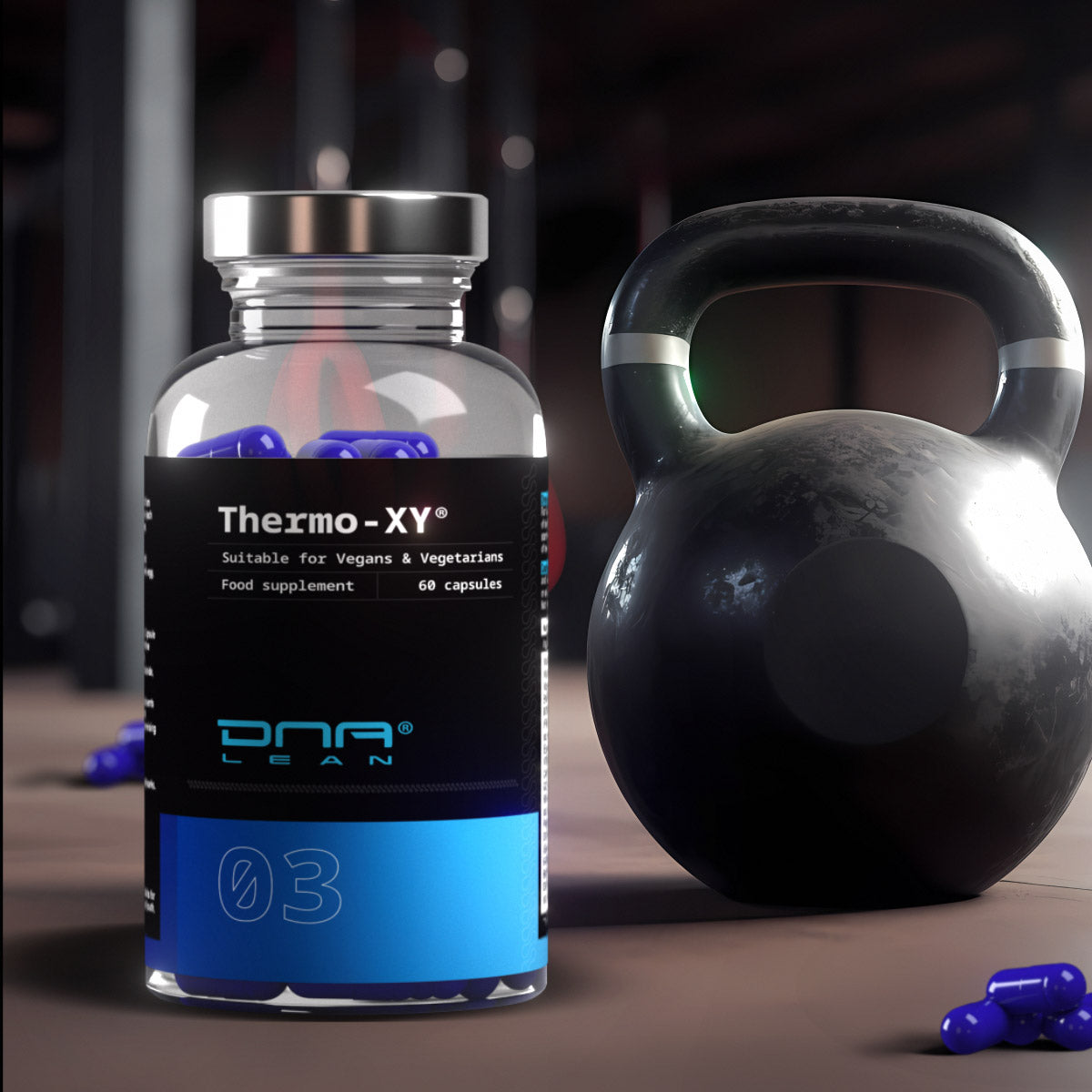
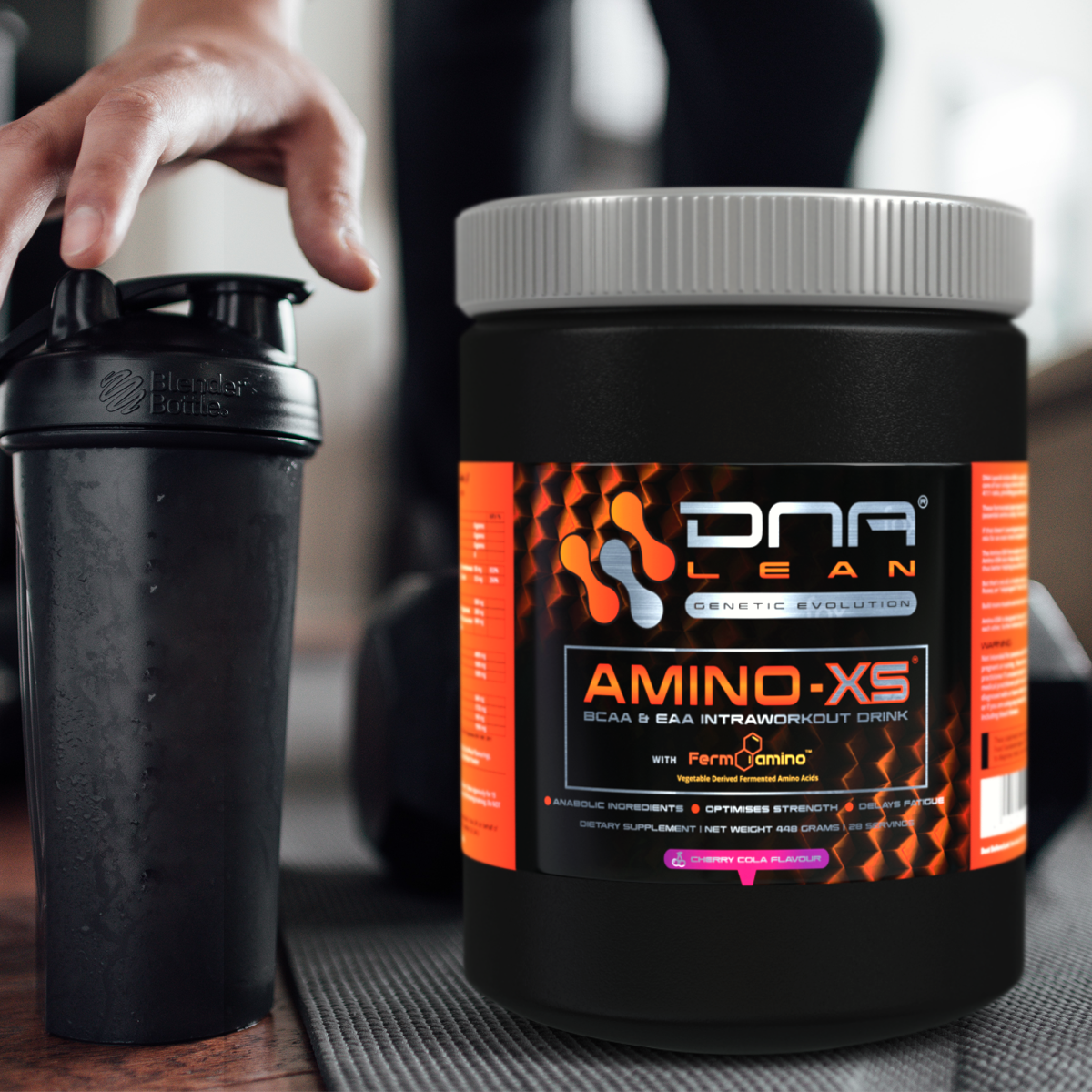
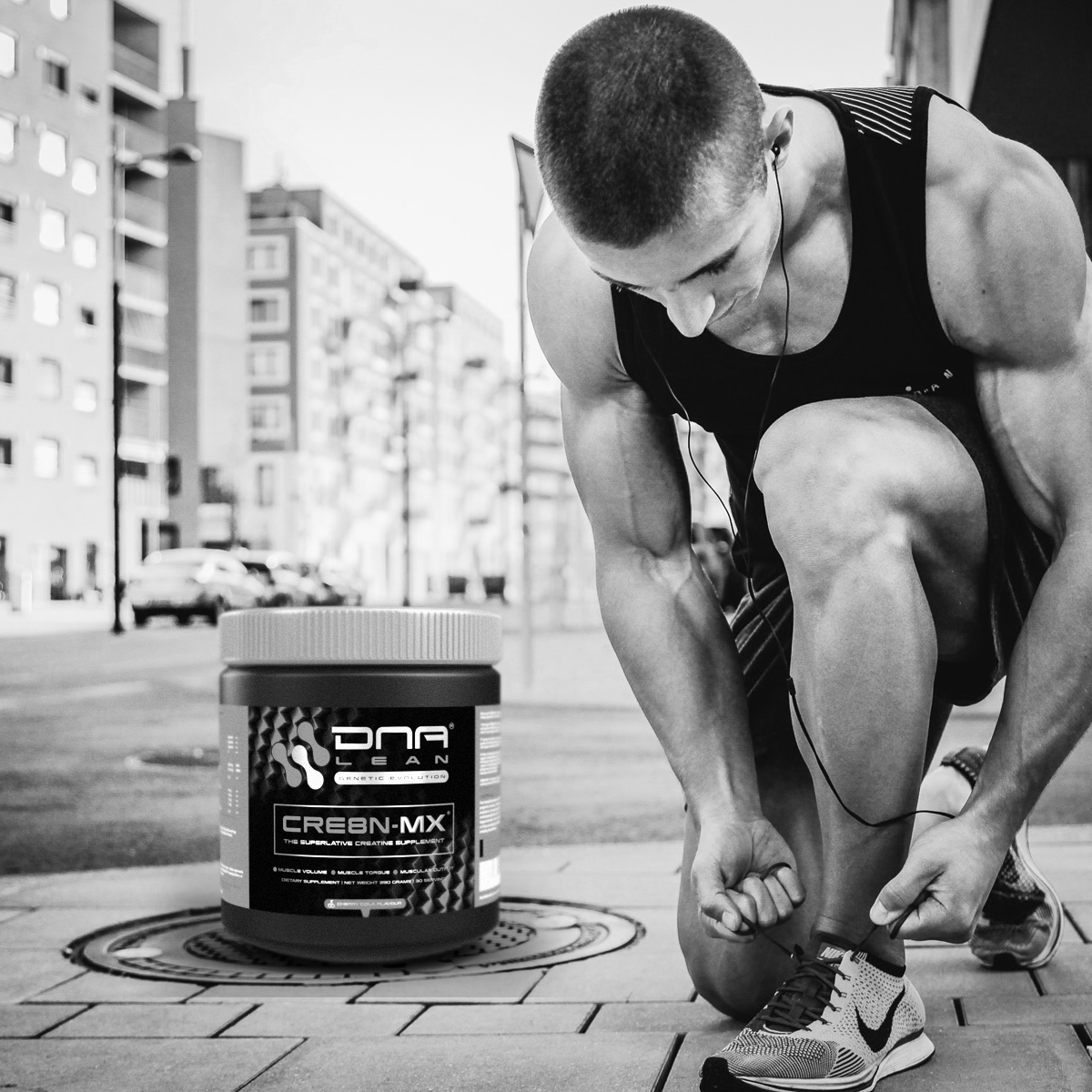
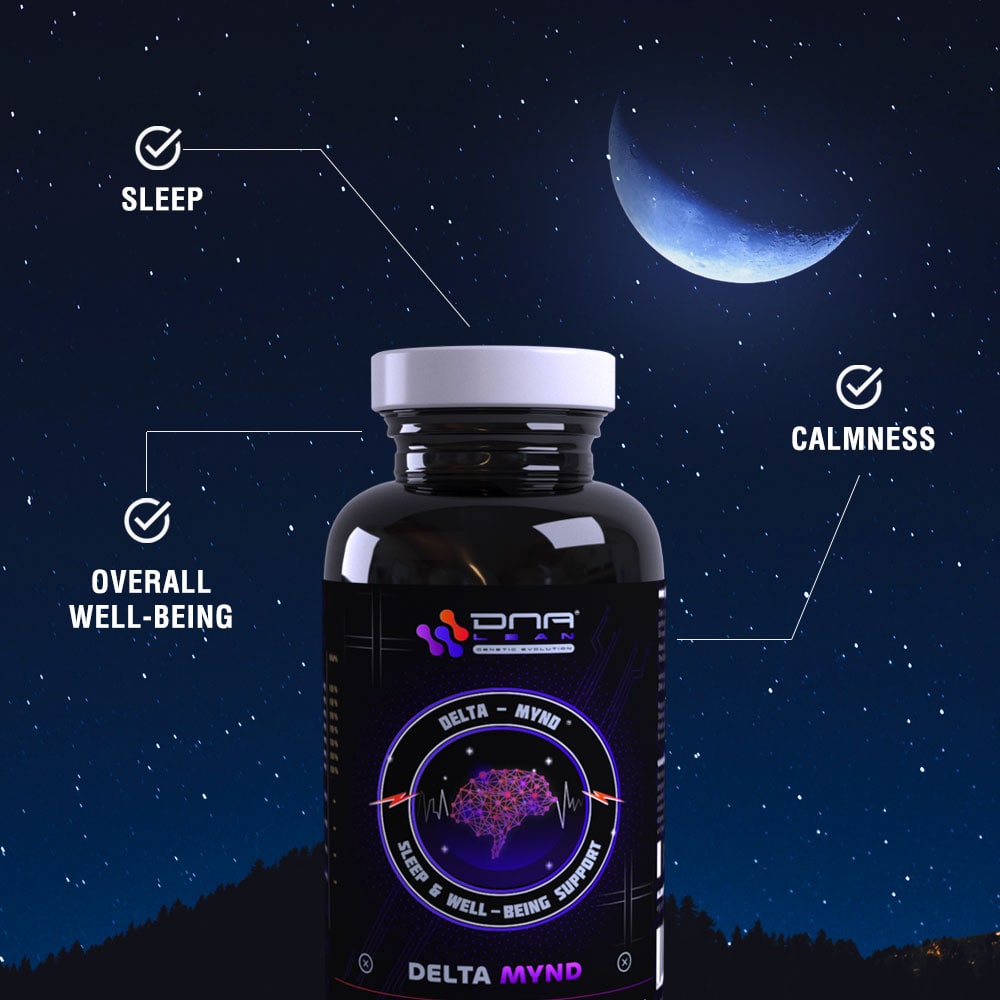
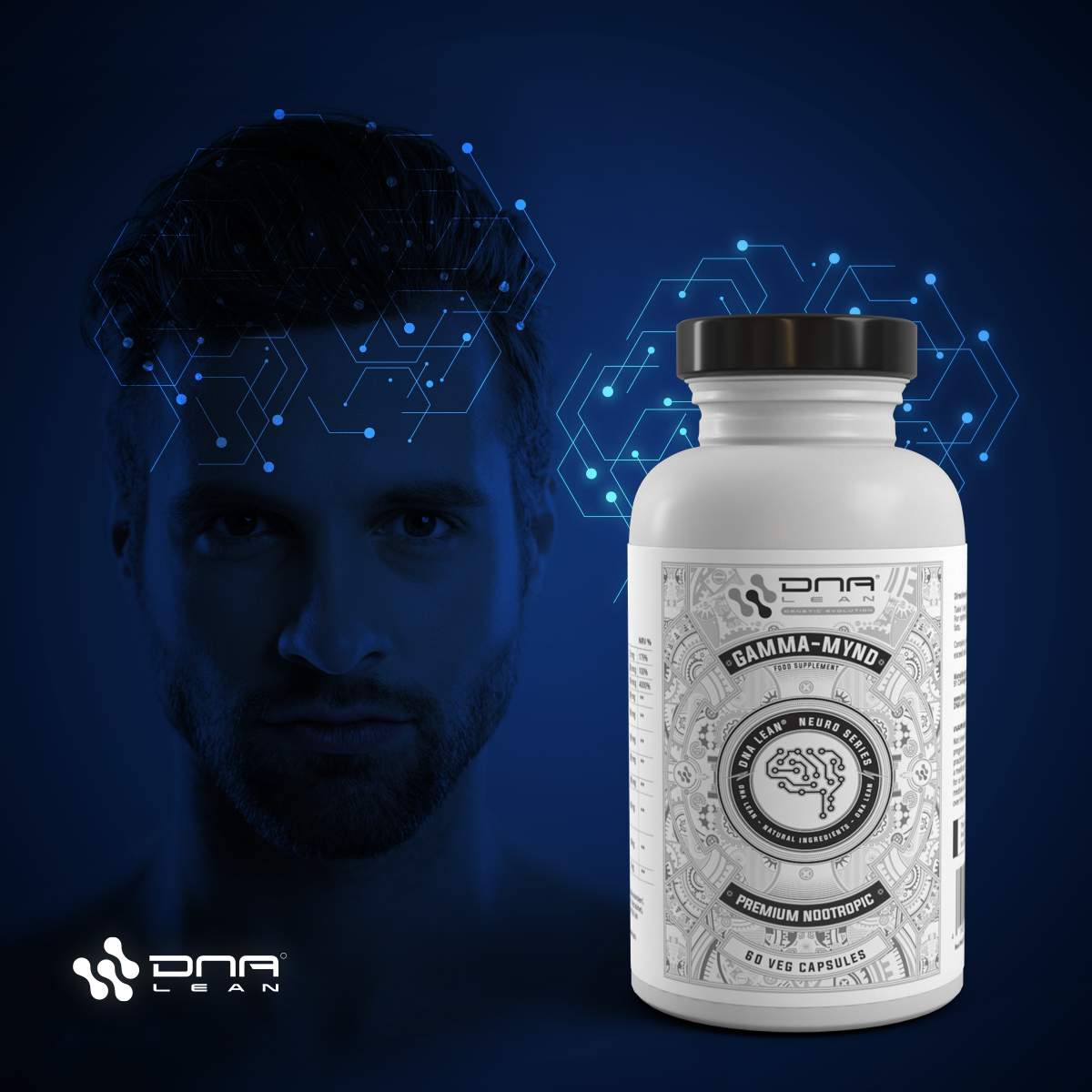
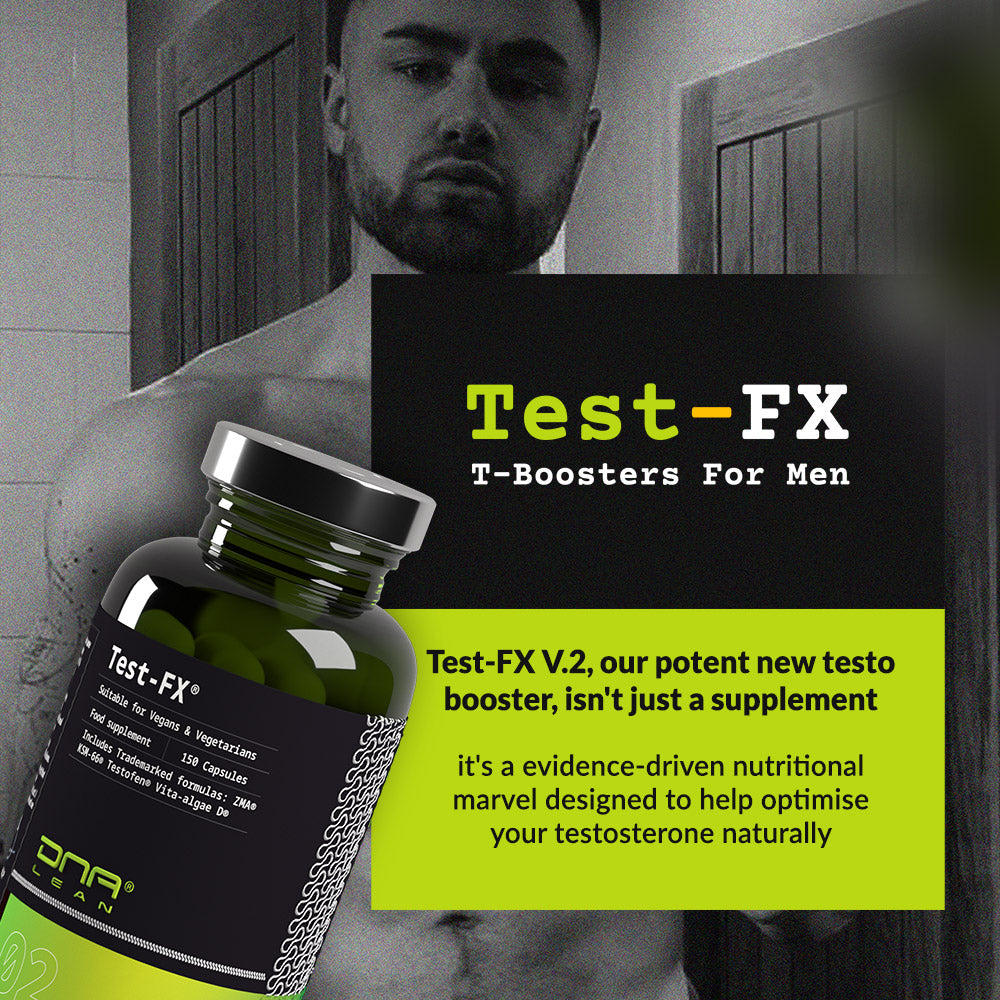
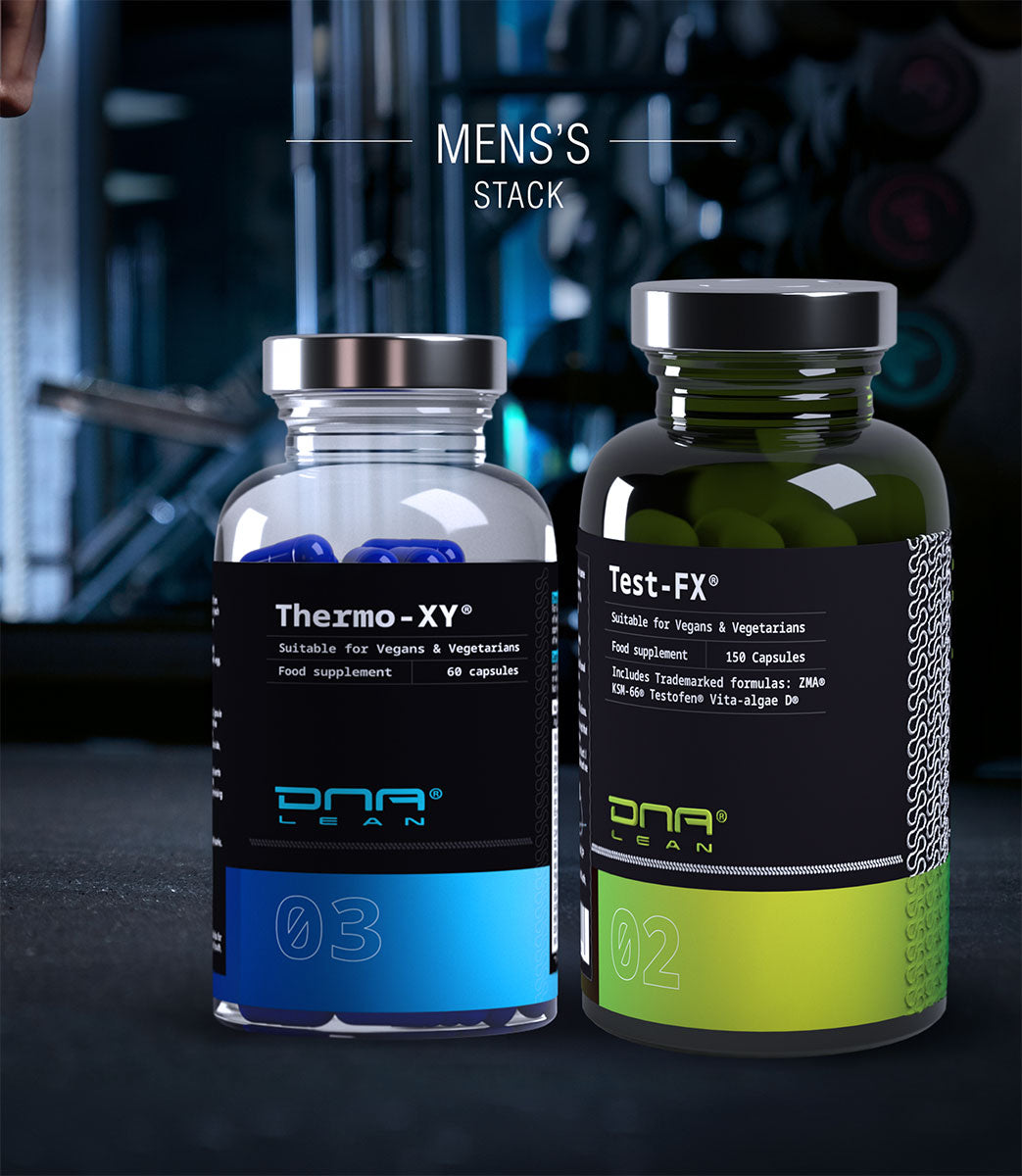
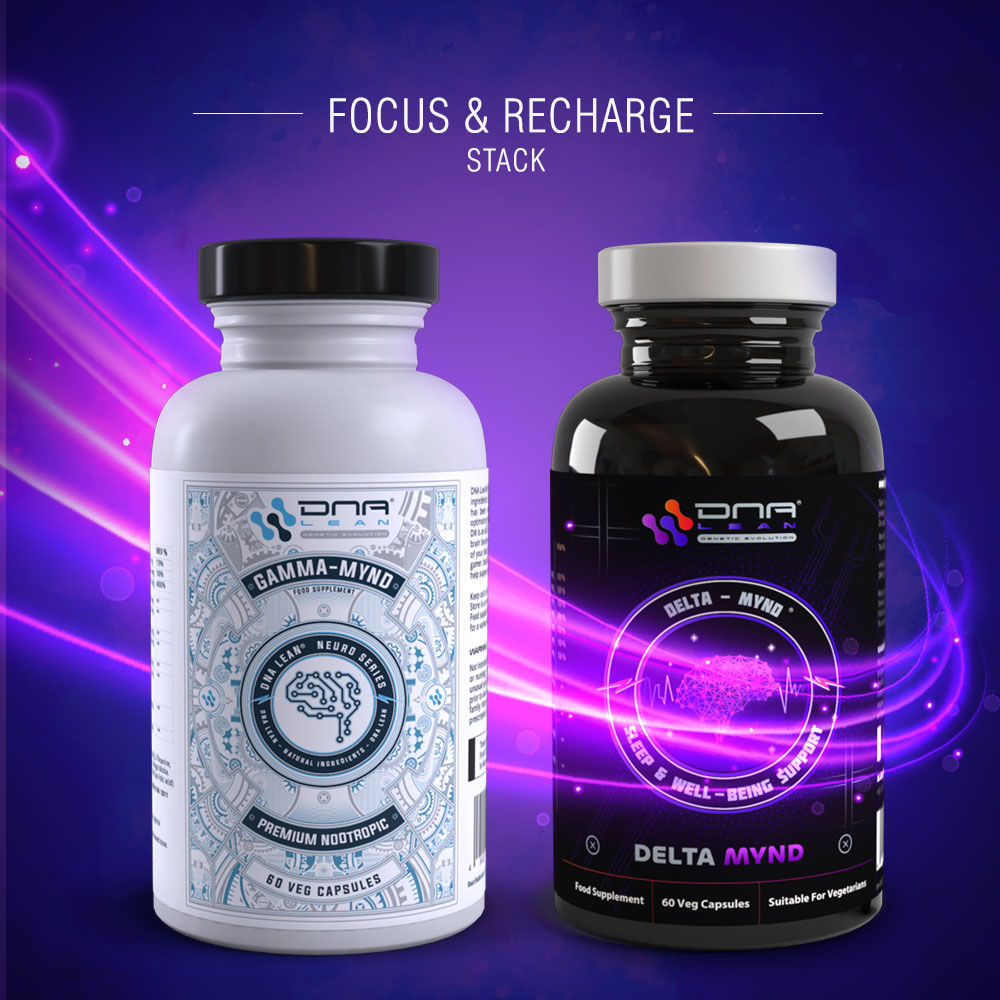


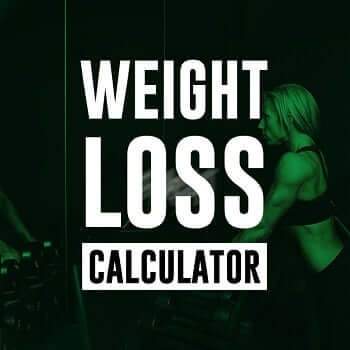
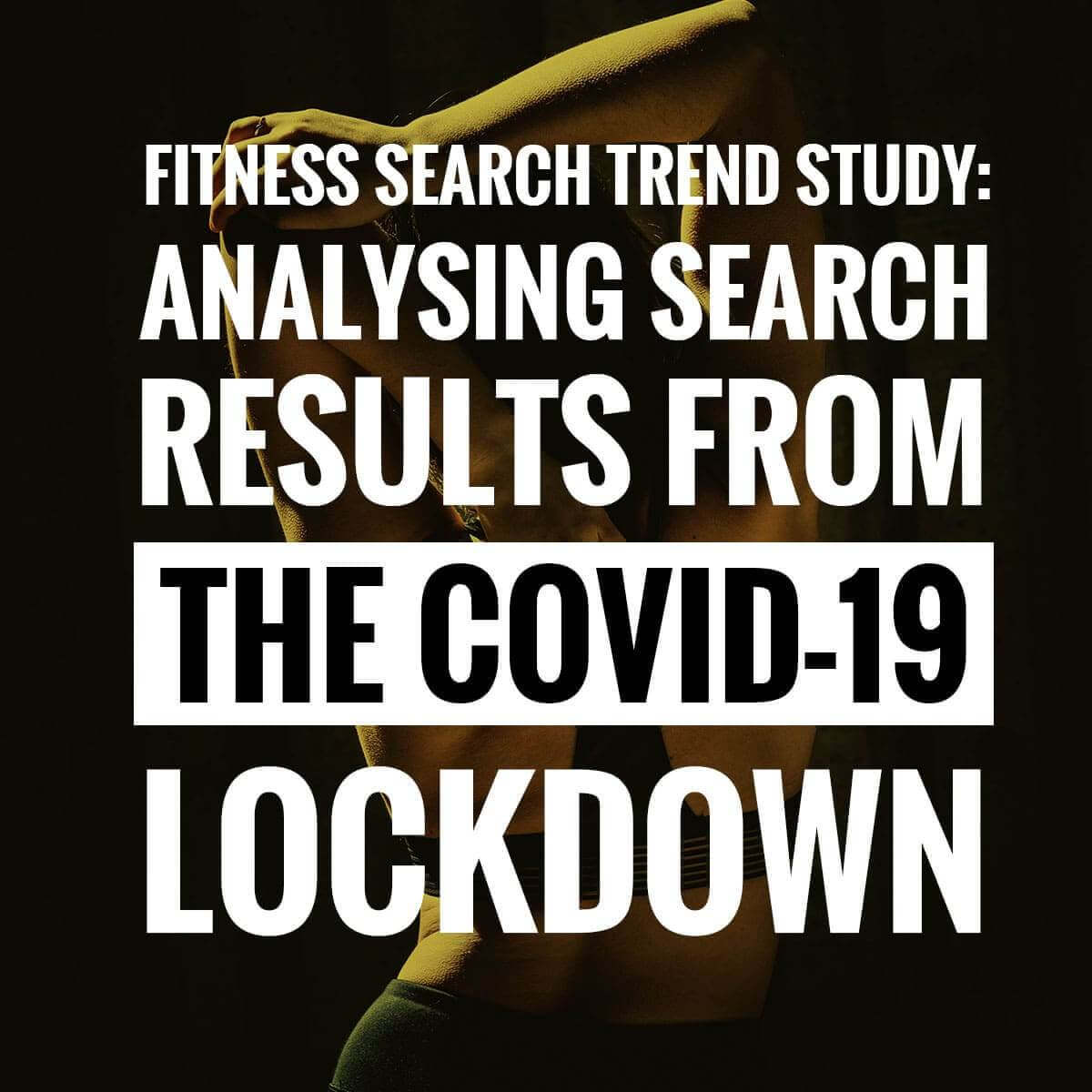

 USD
USD
 EUR
EUR